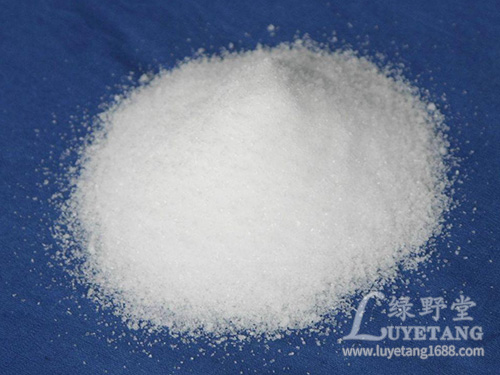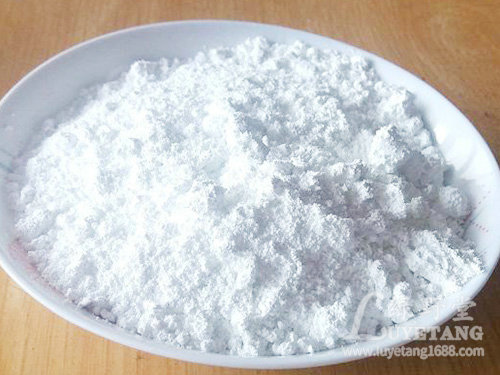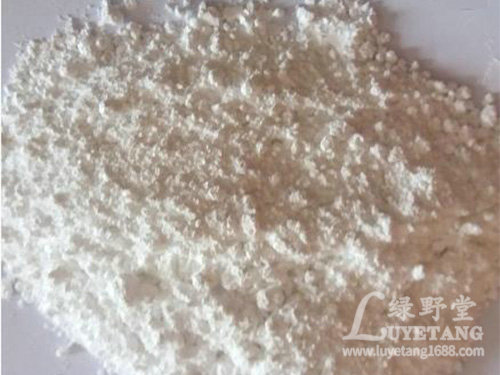Advantages: low toxicity, no residue, no pollution.
Uses: It is widely used in the production of rice, wheat, beans, mulberry, tobacco, vegetables, aquatic plants (such as lotus root), fruit trees, seedlings, flowers and economic crops (such as bananas, sugar cane, tea, Ganoderma lucidum, etc.).
Functions: 1. Effectively kill root-knot nematode, Fusarium wilt, root swollen disease, lotus root rot and other soil-borne diseases to solve the obstacles of crop stubble; 2. Provide nitrogen and calcium nutrients needed for crop growth, sustained release of fertilizer for 4-5 months; 3. Adjust soil acidity and alkalinity, accelerate the maturation and transformation of organic fertilizer. 4. Effective killing of soil-borne insect pests such as snails, Schistosomiasis Oncomelania snails, Fushou snails, ground tigers, mites, maggot flies and parasites (eggs) to prevent the spread of schistosomiasis; 5. Suppressing the growth of monocotyledon weeds and reducing weed pests; 6. Suppressing soil diseases. The nitrification reaction of nitrogen increased the utilization rate of nitrogen fertilizer and protected the agricultural production environment.








